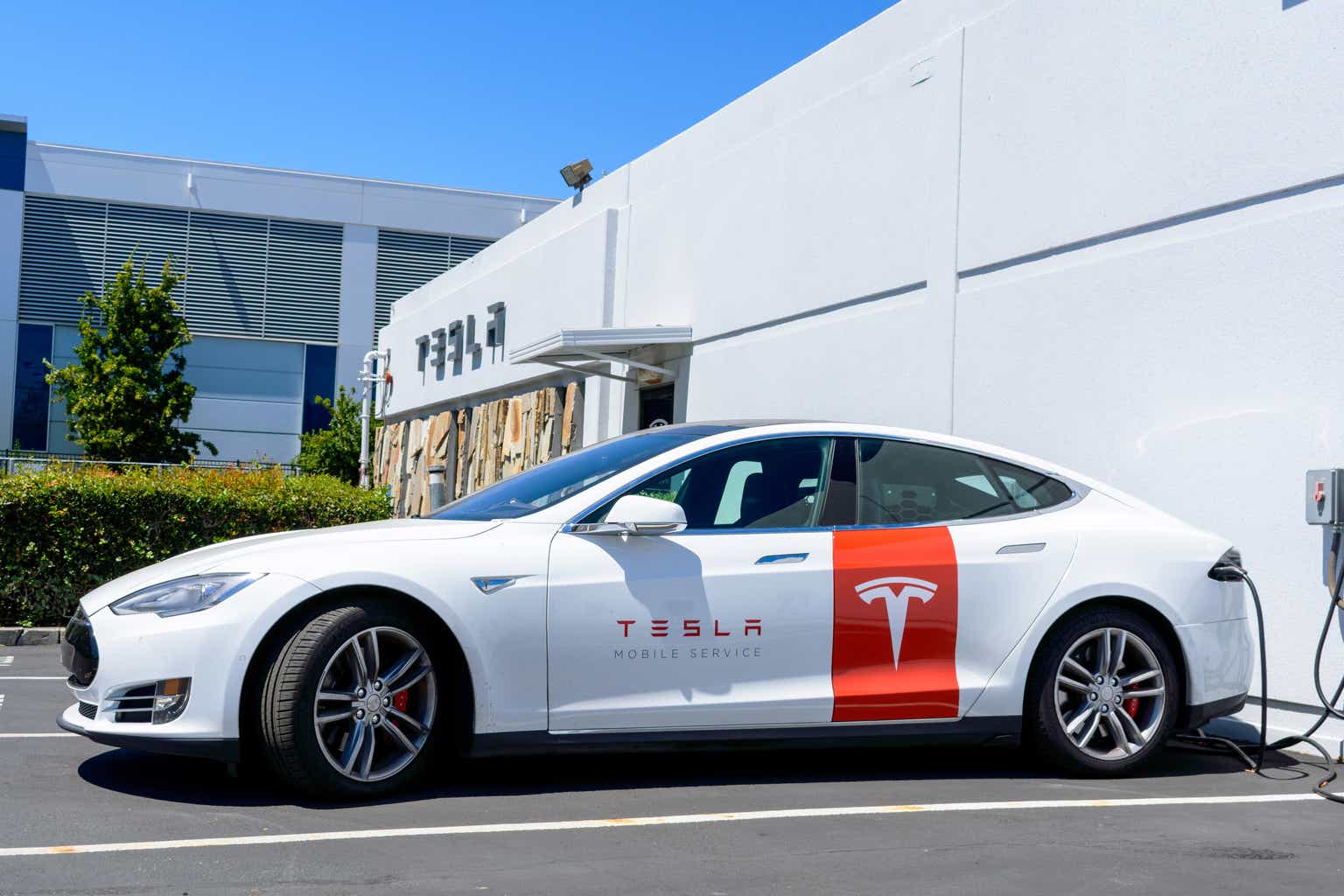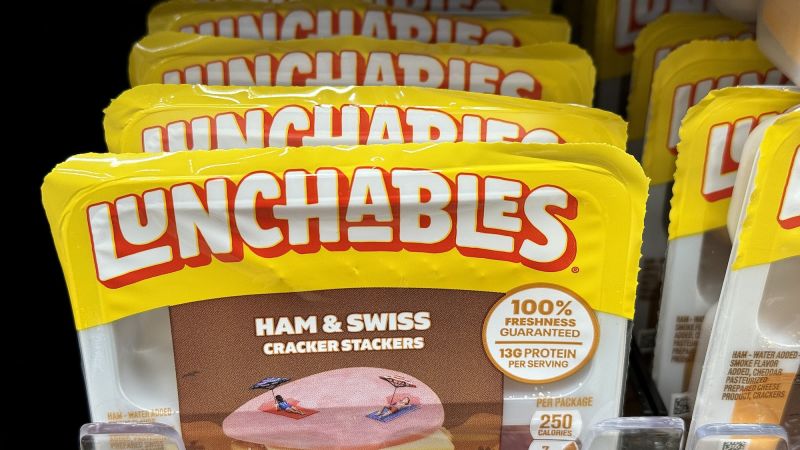The horses and carriages came and went, as did the steam trains. The dirt roads were eventually covered with cobbles; the wooden sheds replaced with brick warehouses. In the 1970s came the transvestites and artists and club kids: they too have gone, elbowed out by Hermes shop assistants, hedgefunders, and vendors selling $8,000 tins of caviar.
Throughout it all stood John Jobbagy’s family, who have been meatpackers in Manhattan’s Meatpacking District for the last 125 years.
Even now, however, the Jobbagys are saying goodbye.
“It’s been fascinating, and fun, and the most incredible ride,” said Jobbagy, 68. He has spent 54 years of his life in the district, starting work at the age of 14 at the company founded by his Hungarian-immigrant grandfather. “But all good things must come to an end.”
Last week, New York City officials announced that an agreement had been reached for the remaining meatpackers on the west side of Manhattan to hang up their cleavers. The seven companies still standing will close their doors, and the single-story warehouse containing the butchering rooms and refrigerators and freezers will be knocked down.
Eric Adams, the mayor of New York, envisages a cultural centre, and open-air plaza and 600 new homes — half of them available under the affordable housing scheme. The precise plan, however, remains undecided: The Whitney Museum of American Art, which looms over the site, has first refusal on the land, and Scott Rothkopf, the director of the museum, said they have held “promising talks” with the managers of the neighbouring High Line about the “unique opportunity to expand”.
While Jobbagy is sanguine about the decision, his neighbour admits it’s an emotional moment.
“It makes me very sad,” said Richard, 54, the owner of one of the oldest meatpacking businesses in the United States. His great grandfather emigrated from Naples and bought the veal and pork purveyor John W Williams from the widow who inherited it: the company, founded in 1914, is the 151st registered with the US Department of Agriculture. Jobbagy’s, registered by his grandfather in 1925, is 17,935th.
Richard recalled watching, in 1990, as the railway, which for decades ran through the warehouses, was removed. Its tracks now form the High Line, an elevated park that runs for 1.45 miles over the Hudson River, which is constantly packed with tourists.
“When they were taking all the rails out of the buildings, it was like they were ripping the heart out of my body,” he said. “When this building comes down, I will be there 100 per cent — believe me.”
The Whitney Museum of American Art has first refusal on the site. The museum may opt to expand
ALAMY
Richard and Jobbagy agree, however, that it’s time to turn the page. The space is small, and cannot compete with purpose-built facilities in the midwest. Demand for freshly-cut Manhattan meat is declining: modern transport makes it easy to move the cuts quickly into the city from outside its boroughs. Richard will relocate his company, probably to the Bronx, but he estimates at least a third of his six fellow butchery bosses will retire. Among those is Jobbagy.
“Don’t worry: I will figure out ways to enjoy myself,” he says, when asked what he will do after a lifetime in the neighbourhood. “I imagine drinking pina coladas at 10pm is more fun than grinding beef at 4am.”
For five decades, Jobbagy has worked six days a week, 4am to 6pm.
“This place was booming,” said Jobbagy. “It was fun. It was hard work, but I loved it — the characters! The guys who worked on the unloading crews, they could unload 50, 60,000 pounds of meat. They were built like Mr Universe: the Arnold Schwarzeneggers before Arnie.
The district has become incredibly popular with tourists in recent years
RICHARD B LEVINE/ALAMY
“And they were from all over. When I was young, the older guys were still all immigrants. My grandfather was born in Budapest and was one of the few Hungarians, but there were lots of Poles, Czech, Germans, Irish, Italians, Croatians, Yugoslavs. A few French, not many. And then came the men from the South — the African Americans, moving up from rural Georgia and South Carolina for the work.
“It was rowdy and vulgar, and in the diners and coffee shops there was a lot of teasing and a lot of camaraderie. I loved it.”
The market was founded in the 1880s as an open-air trading spot. Business peaked in the post-war years, when every warehouse was a warren of metal meat hooks and every street heaving with hundreds of workers.
“In the Fifties, they had three horseback policemen riding around the market trying to alleviate congestion,” Jobbagy said.
“In the Seventies, you still couldn’t get a truck down the block. It was so packed. Traffic jams. You used to have big carts on wheels to fetch the meat from the trucks, which parked outside the district. It was chaos! But great.”
The meat has been sold over the years to some of the finest (and priciest) restaurants in Manhattan
ALAMY
Jobbagy says the key to his company’s longevity is hard work and good people. He now employs a team of 14 — all of them immigrants, but from Central America now rather than Europe. He also credits heeding warnings not to expand.
“I can’t tell you how many of my father’s friends told me, John, don’t get too big. And they were right!” he said. “What we do here is niche.”
He shows off a side of Angus beef, from a farm in Lancaster, Pennsylvania. The meat is the finest of quality: a 16oz filet mignon steak, Jobbagy says, would set you back $70 in a Manhattan restaurant. He won’t name which restaurants he sells to, but says they are “the best — the ones you hear of”.
He said the first inkling of change came when flamboyant French restaurateur Florent Morellet opened his eponymous 24-hour diner, in 1985. Both men laugh when asked if they considered buying property in the neighbourhood: their families did not consider themselves property speculators, and besides, the Meatpacking was not an area where there were residential apartments available.
The Meat and Poultry Association on January 12, 1955
JAMES GALLAGHER FOR THE TIMES
“Back then no one wanted to be in New York City, especially not in the Meatpacking,” said Richard. “It was a war zone. It was bad, but it was good. It was dangerous, but safe. Everyone knew everyone. Crazy stuff happened, but it was periodic. Stupid stuff some times. But for the most part we were pretty safe. You always looked over your shoulder, but it wasn’t safe like today. It was a very gritty area.”
In 1999, the celebrated New York restaurateur Keith McNally opened Pastis, and a year later the fictional Samantha Jones — played by Kim Cattrall in Sex and the City — moved in.
Pastis opened in the Meatpacking District in 1999, and brought popularity to the area
ALAMY
By then there was no going back: the High Line opened in 2009, and the Whitney Museum relocated to the Meatpacking in 2015.
“It’s really been a good thing for the city,” said Richard. “With what they did on the West Side — the walking paths, bike tracks, Little Island, all the city projects; the beach, soccer field, walking path — it’s beautiful. The changes have been for the good of everyone.”
Jobbagy agrees.
“We always knew there were better uses for this property than an ageing meat warehouse,” he said. “But it’s been wonderful to be part of it.”















:max_bytes(150000):strip_icc()/GettyImages-2172439643-fff8451b3cc349b6b1993c5647e7e712.jpg)



